“After losing both of my parents within the last four years, I have felt a stronger urgency to not lose this connection to my ancestral roots.”
We’re in EMart, a large grocery store chain in Seoul and as we approach the cashier to check-out, my heart starts to beat a little faster. My Polish-born, blonde and blue-eyed wife shifts slightly in front of me, to the front lines of communication, since it sets up the expectation that we are foreigners. In many such circumstances, she is the language shield, as my Korean speaking skills are a little worse than those of the four-year-old standing ahead of us at the checkout line.
As I hide behind my wife (who actually has taken over three years of Korean language classes), the checkout woman gets a glimpse of me (damn!) and as expected, asks if we need a bag. The problem with these scenarios is that I understand much of what is said, but I’m only armed with the vocabulary of a preschooler. “Uhhh…nae, bong-tu juseyo” (“Uhhh…yes, I’ll take a bag please”).
Once I spoke, I imagined the words coming out sounding just like everyone else around me, but instead, my American twang littered my pronunciation. Magically, she still understood, albeit with a curious smile on her face followed by, “where are you from”?
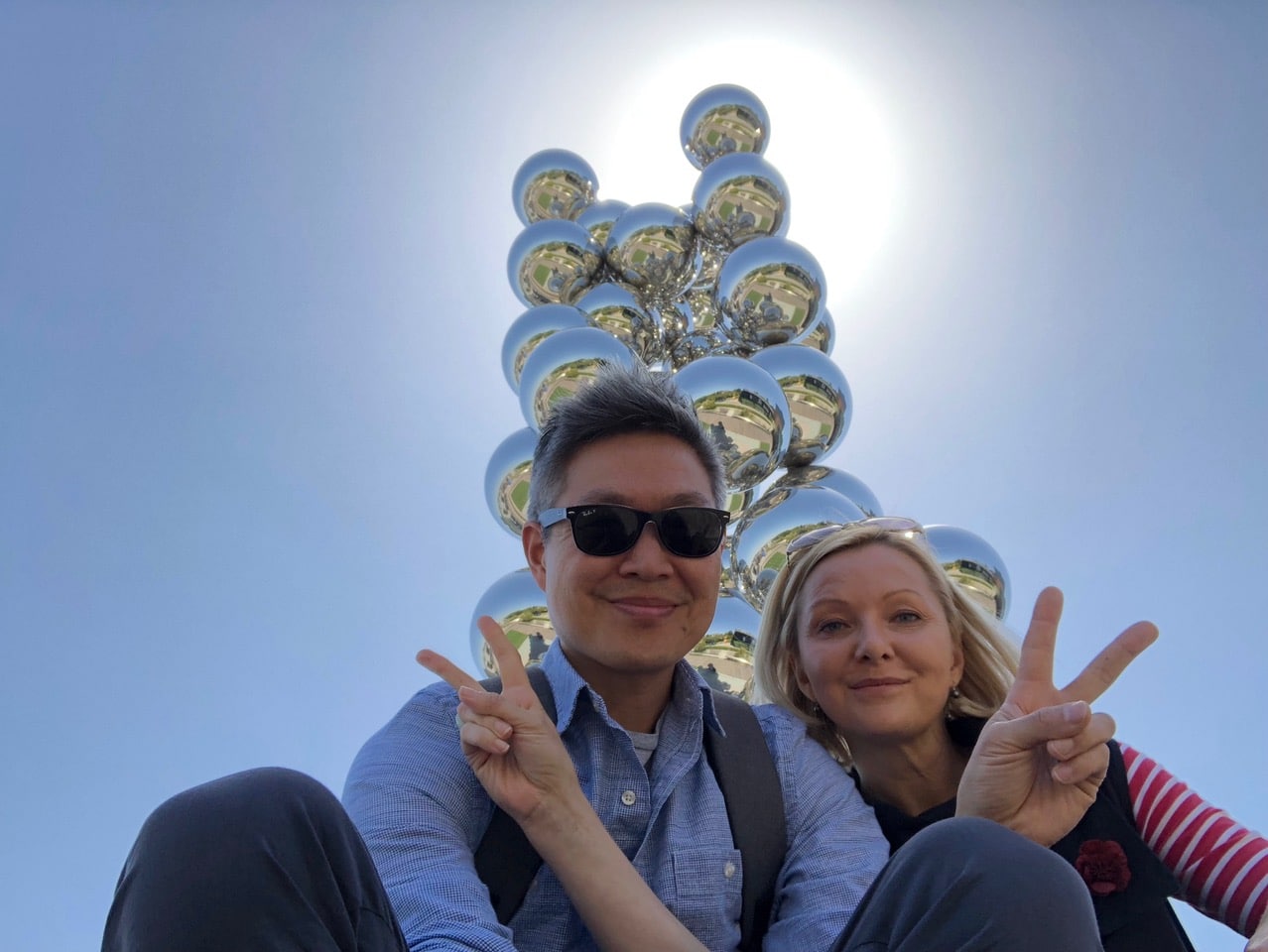
The irony is that I’ve heard this so many times from non-Asian folks when I was growing up in Minnesota. But this is a Korean person asking another Korean (me) where I’m from…in Korea. I’m a perpetual foreigner. Where am I? In my broken Korean, I was able to say I was born in the US and I apologized that my Korean was not very good. She gave a reassuring smile and said “Anyo…jal haeyo”! (“no, you’re doing well”). This was a small, but uplifting moment of victory, one of many we experienced over the past seven months.
As of this writing, my wife and I are halfway through our year-long Korean adventure. How did we end up here? I’m in Korea as a Fulbright Scholar and visiting art professor to study the amazing history of Korean ceramics, and the resonating effects of culture and tradition on contemporary ceramic art and artists. I was also invited to teach at Korea National University of Cultural Heritage in Buyeo, the ancient capital of the Baekje Kingdom, as well as at Ewha Womans University in Seoul. Thanks to the Fulbright grant and the gift of a sabbatical from my university, my wife and I are fortunate to have this time to immerse ourselves in all things Korean.
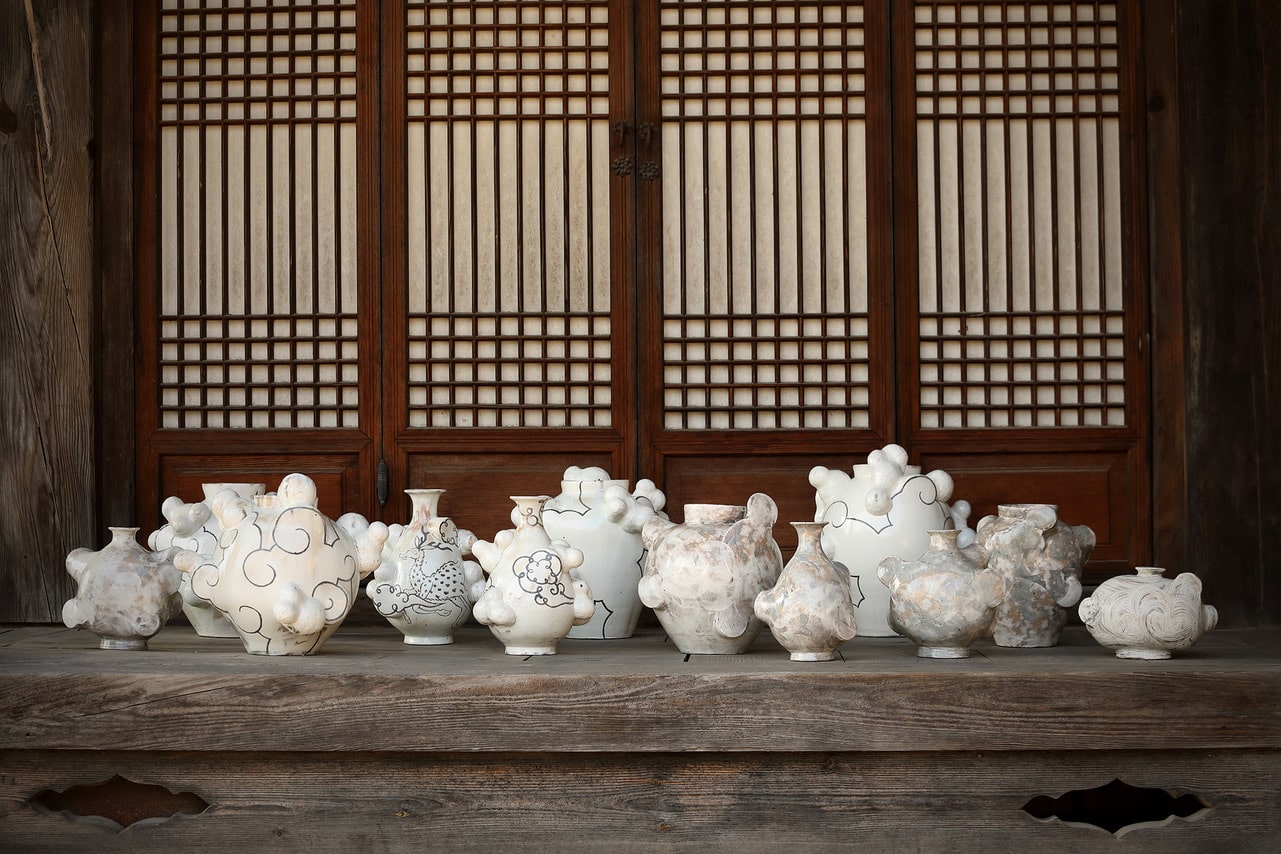
One of the beauties of living here as a diasporic Korean is that I revel in the experience of blending in, as if I acquired a magical superpower to become completely invisible. I now understand the full experience of cultural dysphoria. The only way for this feeling to exist is to live as a minority for most of one’s life and then be exposed to a community where one is perceived as part of the majority. There is the strange sense of both satisfaction and embarrassment when someone starts speaking to me in Korean.
I recall paying for dinner one evening and going through the ritual of repeating the familiar dialogue of declining the receipt and providing my “membership” number. The cashier went off on some observation about my Lotte points and I just nodded, smiled and said, “nae.” He thanked me and as I was leaving, I felt I had just pulled off the biggest poker bluff, convincing him that I was just another native Korean. Victory!
As a Korean-American, it has been a life-long goal to spend a significant period of time in Korea to better understand my parents’ homeland, and to learn more about myself. For second-generation Korean-Americans, there is always the life that we knew growing up in America. But in the background there’s also the life of our parents that we never knew in a land, far, far away that preceded our existence.
Some of it may have been partially exposed to us at varying levels, but for me, it exists as a cultural void that I have tried to understand ever since I can remember. After losing both of my parents within the last four years, I have felt a stronger urgency to not lose this connection to my ancestral roots. When they left us, they took with them my most intimate connection to our family’s past.
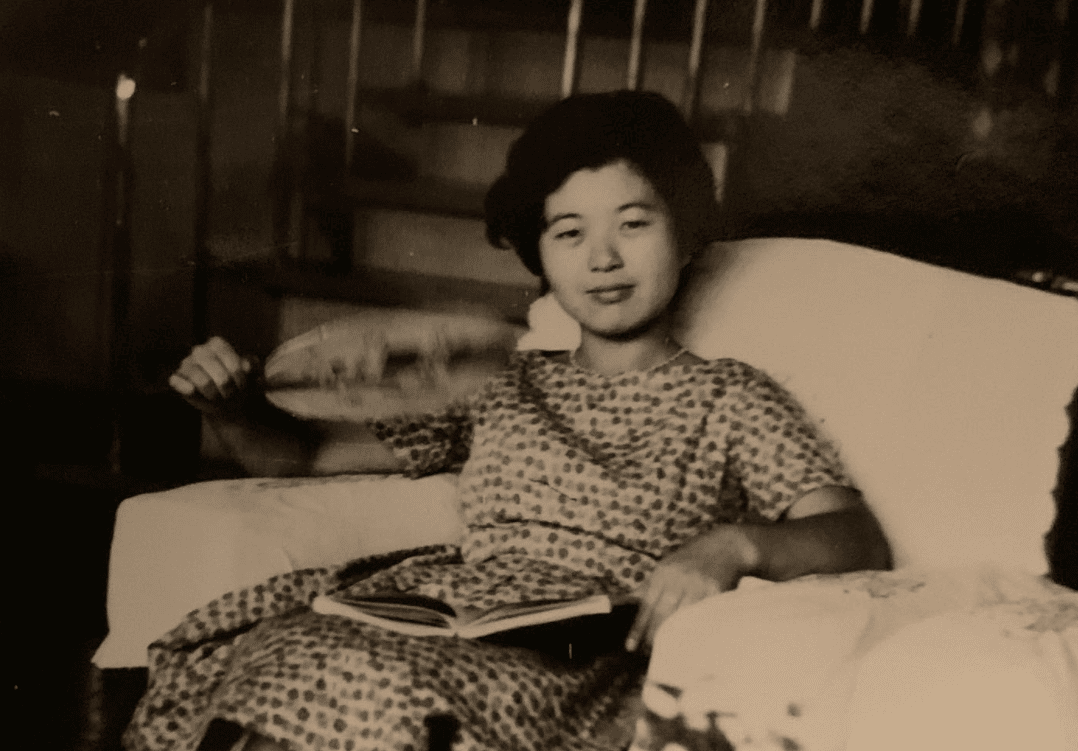
As a ceramic artist and professor, this curiosity about my heritage has naturally led me to historical Korean ceramics. Making Korean-influenced pottery has become an act of reclaiming my Asian heritage, and a means of reaching into that cultural void in search of a home I never fully knew. I approach making my work with questions of what it means to belong or not belong, culturally, socially and generationally.
I am interested in presenting these ideas in my ceramic work by contrasting the traditional and the contemporary, old and new, static and evolving. While ceramic objects are a central focus of my work, I also utilize other traditional Korean motifs and imagery, such as clouds and mountains, to serve a metaphorical role in exploring perceptions of identity, family history and our transitory human existence.
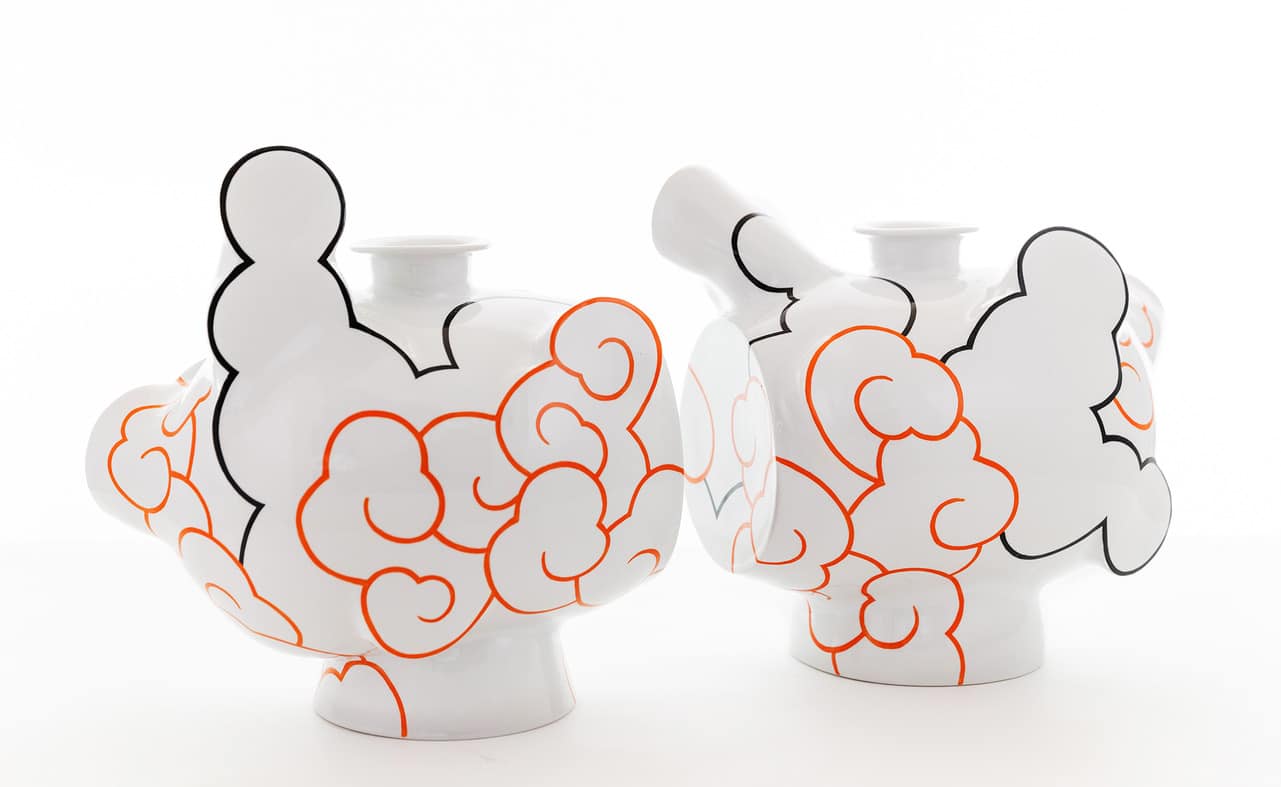
Korean ceramics are widely known as one of the most renowned in the history of art. Korea has defined its own unique breed of ceramics through a number of examples such as the celadons from the Koryo dynasty, the porcelain (baekja) and Buncheong stoneware pottery from Joseon dynasty, as well as the ubiquitous Onggi storage and fermentation jars.
Of these periods, the Joseon dynasty artworks seem to best characterize the grit, resilience, and soul of the Korean makers. Many of the objects contain irregularities in their design, and contain various cracks or unglazed areas. In my opinion, these so-called technical “flaws” epitomize the beauty of the works and capture a sense of the human determination to move onward, despite the technical, political or life challenges of those times. I would argue that they are archetypes for not only the fighting spirit of Koreans, but also their desire to allow the forces of nature to flow in balance with humankind.
At this time, we are in Icheon, one of Korea’s most important ceramics hubs since the Joseon period, which to this day is home to hundreds of active ceramic artists and kilns. Icheon is also the location of Ye’s Park, a modern, utopian ceramics village including over 200 live/work art studios and galleries. In addition, the town is the site of KwangJuYo Korean Traditional Royal Pottery factory, renowned for its modern porcelain and Buncheong tableware designs inspired by historical Korean art forms. KwangJuYo originated from a historical kiln site dating back to 1863 during the Joseon dynasty and produced tableware for families of the royal court.
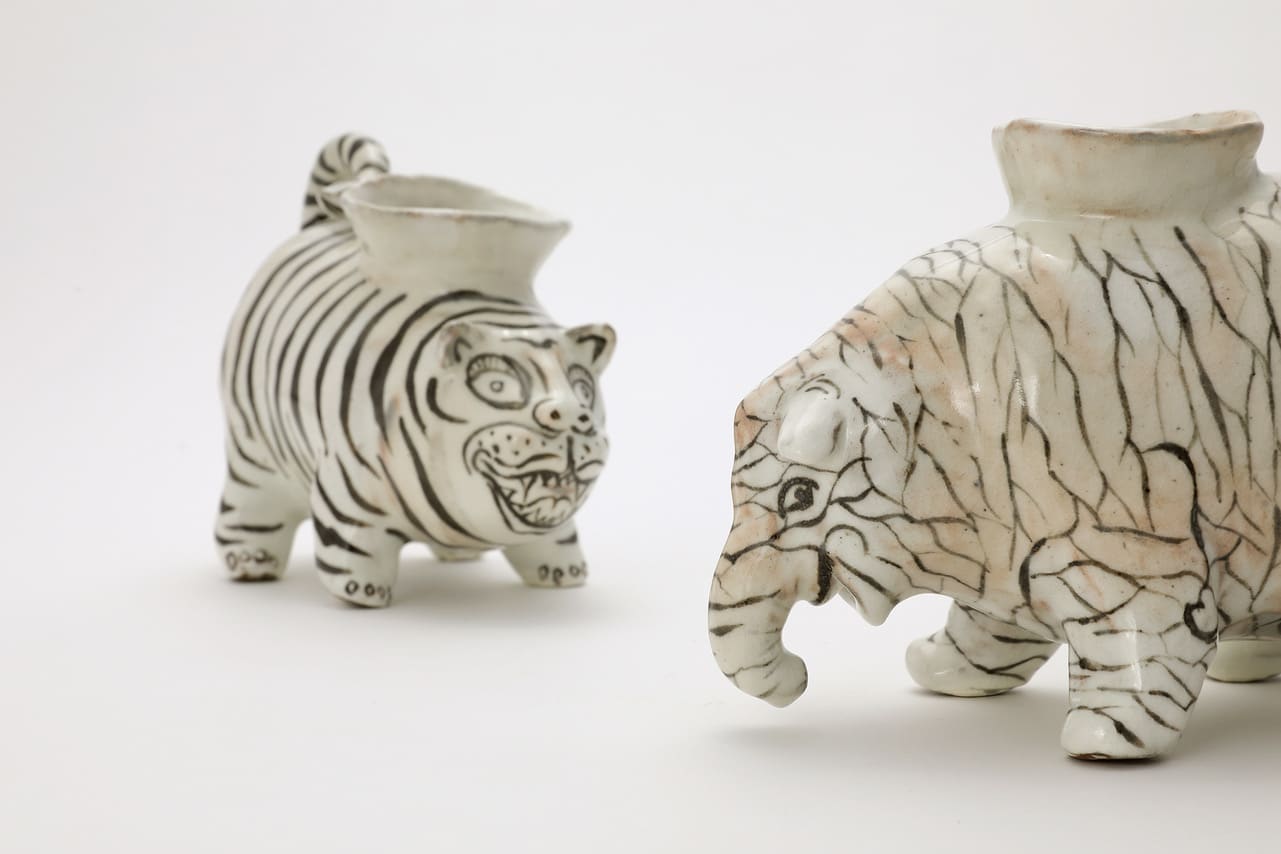
I am currently working as the first artist-in-residence at the factory, creating new works and witnessing how traditional Korean ceramics are interpreted and produced in an industrial context. It has been an extraordinary experience to observe today’s top crafts-persons in a historic setting, designing and creating as a way to celebrate and preserve tradition.
So why does any of this matter? What does it mean to be Korean-American artist, living and working in Korea? As I see it, we are all on our own personal journeys to understand who we are and how this affects the way we see the world. What do we take, and what do we leave behind from each culture? As an artist, I’ve come to understand the difference between making work about the perception of a cultural source, versus making work that simply comes out of cultural source. The former is clearly the approach of a non-native outsider.
At this point, I still fit the mold of an outsider in many ways (lack of language skills, lack of knowledge of cultural nuances), yet so many aspects of life here feel familiar and comfortable. For example, the food is absurdly delicious and reminiscent of so many memories from childhood. I also came to realize that it wasn’t just my parents who sneezed with a scream, but that a great number of Korean people sneeze as if they were exorcising a demon. I occasionally hear the animated melody of a Gyeongsang-do accent that reminds me of my family and relatives who grew up in and around Busan.
As a Korean-American I’ve experienced the two cultures from both the “insider” and “outsider” perspective. While I understand American culture much more, I appreciate the complex nature of having roots in two parts of the world. More importantly, I am finally living in a reality where I can be a fly on the wall, yet feel like the elephant in the room.





